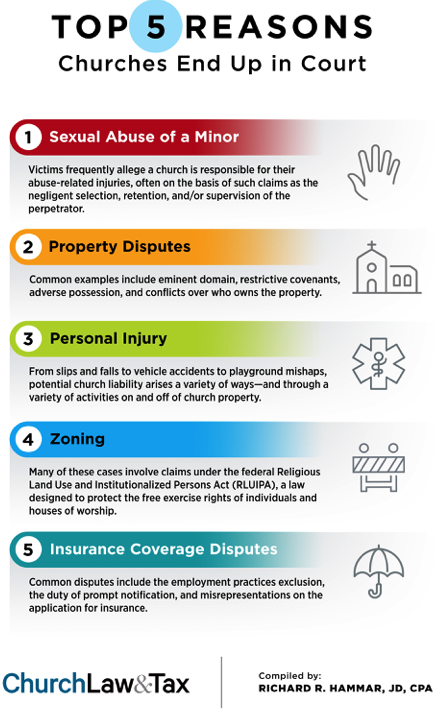Abuse often goes unrecognized and unreported within our churches, schools, and other ministries.
The Problem
3
7
42
28
12
Reporting Abuse
“If the statistics are anywhere near accurate (and there is reason to believe the data grossly under-represents the scope of the problem), at any church activity, children are present who have been victims of child sexual abuse. In medium and larger size churches, dozens of victims are in attendance each time the church gathers.” – Scott Floyd, Baptist Standard
The abuse comes from those we know.
7
34
58
80
“A child is much more likely to be sexually abused by a recognized, trusted adult than by a stranger.” —Roland C. Summit, The Child Abuse Accommodation Syndrome
Abuse often goes unrecognized and unreported within our churches, schools, and other social institutions.
50
63
12
32

“Regrettably, the threat [child abuse] has been—and remains—the number one reason churches end up in court each year.”
—Church Law & Tax
Any child can be a victim. Any adult can be a predator.
95
0
5
Many teach fire safety, school crossing safety, or even swimming safety and yet bristle at the thought of personal safety designed to empower children to protect themselves against offenders.” —Victor I. Vieth, “Suffering the Children: Developing Effective Church Policies on Child Maltreatment,”
Why ECAP Exists
Prevention
ECAP seeks to help protect children from abuse by raising awareness and establishing Child Safety Standards with an accompanying accreditation program to support Christian ministries. Prevention is not merely a matter of risk management but starts with our belief that every person is created in the image of God and worthy of protection. Furthermore, we believe that child protection is a matter of Great Commission significance and biblical stewardship.
Education
ECAP intends to help churches, schools, and ministries understand the complex topic of child protection and abuse prevention.
Accreditation
ECAP provides accreditation in the United States to help churches, schools, and ministries demonstrate compliance to Child Safety Standards. This independent audit provides helpful validation to ministry leaders, parents, and the community in creating safe places for kids. Learn more about the program on ECAP’s Accreditation Page.
“‘Does child abuse actually occur in the church?’ Yes. Victims of abuse are in your church…Pastors and church leaders who ignore this issue are disregarding one of the most dangerous problems affecting children…read more.” —Sam Rainer
Data Sources:
-
Bureau of Justice Statistics Sexual Assault of Young Children as Reported to Law Enforcement: Victim, Incident, and Offender Characteristics
-
National Sexual Violence Resource Center, Child Sexual Abuse Prevention, Programs for Children
-
Child sexual abuse and the church: How widespread is the problem?, Baptist Standard 2018
-
Churchgoers Split on Existence of More Sexual Abuse by Pastors, Lifeway Research 2019
-
Sexual Misconduct and Churchgoers National Survey of Protestant Churchgoers, Lifeway Research 2019
-
1 in 10 Young Protestants Have Left a Church Over Abuse, Christianity Today 2019
-
Steven Delaronde et al, Opinions Among Mandated Reporters Toward Child Maltreatment Reporting Policies, 25 Child Abuse & Neglect 81, 88 (2000)
-
David Finkelhor, Is Child Abuse Overreported? 48 Public Welfare 22, 25 (1990)
-
E.G. Flaherty, et al, Pediatrician Characteristics Associated with Child Abuse Identification and Reporting: Results from a National Survey of Pediatricians, 11(4) Child Maltreatment 361 (2006)
-
E.G. Flaherty, et al, From Suspicion of Physical Abuse to Reporting: Primary Care Clinician Decision-Making, 122 Pediatrics 611 (2008); and V.l. Gunn, et al, Factors Affecting Pediatricians’ Reporting of Suspected Child Maltreatment, 5(2) Ambulatory Pediatrics 96 (2005).
-
Sexual Misconduct and the Church, Youtube, Lifeway Research 2019 Research
-
Sexual Assault Statistics in the United States, National Sexual Violence Resource Center
-
Victor I. Vieth, Suffer the Children: Developing Effective Church Policies on Child Maltreatment, Godly Response to Abuse in the Christian Environment
-
Church Law & Tax, The Top 5 Reasons Churches Went to Court in 2018, 2019.
-
U.S. Department of Justice, Sexual Assault of Young Children as Reported to Law Enforcement: Victim, Incident, and Offender Characteristics.
-
Child Molestation Research and Prevention Institute The Child Molestation Prevention Plan. (n.d.). Child Molestation Research & Prevention Institute http://www.
childmolestationprevention. org/pages/prevention_plan.html -
National Children’s Alliance: Nationwide Child Abuse Statistics National Child Abuse Statistics. (n.d.). National Children’s Alliance. http://www.
nationalchildrensalliance.org/ ?s=100 -
Child Sex Abuse Prevention and Protection Center Child Sex Abuse Prevention and Protection Center (n.d.) Is there a typical profile of someone who sexually abuses children? Stop It Now. http://www.stopitnow.org/
faq_sex_offender_profile -
Difficult Questions About Child Protection in Your Church, Sam Rainer, 2020.


